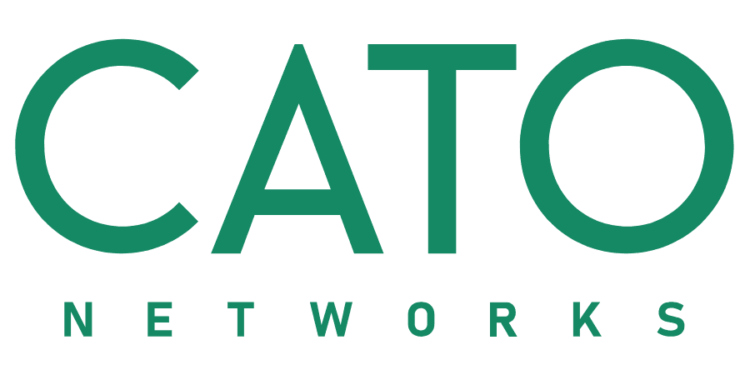Cato Networks has recently reported its 2021 business results, showing a growing revenue by 96% YoY, increasing headcount by 66%, and a doubling in valuation to $2.5 billion with an added $200 million investment.
In a new Total Economic Impact (TEI) study, Forrester Research found that Cato delivers 246% ROI in under six months. Along with performance improvements, increased security posture, and reduced operational and maintenance costs, the study found IT teams experienced higher employee morale, which is particularly critical when retaining employees during the Great Resignation. “The Cato SASE Cloud empowers enterprise IT to be leaner, more responsive,” says Shlomo Kramer, CEO and co-founder of Cato Networks. Ultimately, enterprises transitioning their global infrastructure onto this platform undergo a digital transformation and more easily adapt to a hybrid working model.
Large Enterprises Embrace Cato’s Global SASE Platform
During 2021, large deals grew by 150% as enterprises across industries replaced their global MPLS and SD-WAN networks with the Cato SASE Cloud. A few examples of how Cato SASE supported other businesses include:
- European transportation services company that replaced a global MPLS network that connected 547 sites with Cato SASE Cloud and protected them using Cato security services.
- Leading private club operator that suffered from availability issues at 182 clubs, each connected with a firewall appliance and SD-WAN appliance. With Cato, the company eliminated its appliance footprint and addressed all connectivity and security requirements.
- Major healthcare company in the Financial Times Stock Exchange (FTSE) 100 with 7250 employees across 20 countries. With Cato, the company replaced its Checkpoint firewalls, Zscaler remote access, and MPLS connection into China.
- Global aviation services company with 66,000 personnel replaced its MPLS network and Cisco Meraki appliances, connecting and securing 385 locations.
- Global diversified industrial company with over 10,000 employees across 120 locations needed to reduce its network spend and rationalize incompatible architectures acquired from multiple mergers. With Cato, the company connected its sites, mobile users, and cloud workloads, replacing a global MPLS network, Riverbed WAN optimizers, and local firewall appliances.
- Pioneering media company needed to simplify branch office deployments while supporting application migration to the cloud. The company connected its remote users, cloud resources, and 53 locations with Cato, realizing a 30% improvement in network performance.
Strong Demand for Hybrid Work
Cato’s number of contributing partners grew by 41% YoY with new partners joining the ecosystem. Cato expanded its partner program to address MSP requirements, and as such new strategic partnership included Cato’s first telco relationship in KDDI and more recently MSP and last-mile provider, Expereo.
More importantly, the channel benefitted from Cato’s seamless support for hybrid work. With workers increasingly looking to receive flexibility in the work space, more companies are looking to find platforms that securely support the working from home model.
Cato Expands Global Private Backbone to Record Setting 73 PoPs
Last year, Cato expanded its industry-leading Cato global private backbone, adding 13 points of presence (PoPs) across the Americas, Europe, the Middle East, Africa, and the Asia Pacific. Today, Cato’s global private backbone spans 73 PoPs worldwide serving Cato’s security and networking services in more than 150 countries.
“With hybrid work, IT leaders must think about security and networking together if they’re to deliver secure optimized access to their users,” says Gur Shatz, Co-Founder, President, and COO of Cato Networks. “This requires a solution with more than just many PoPs or datacenters that only address security convergence but ignore the WAN. The PoPs must be able to run the resource-intensive security processing for Internet and WAN traffic and be interconnected by a global optimized backbone if IT is to deliver best-in-class access control, threat protection, and application experience to all resources anywhere from everywhere.”








